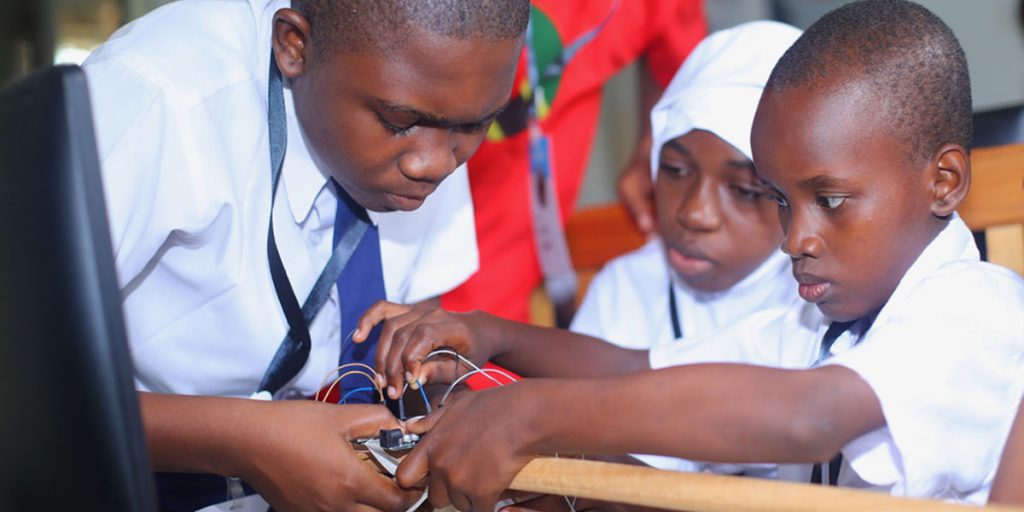Challenge
In 2013 the rapid expansion of access to education has not been matched by commensurate improvements in quality, and educational outcomes were poor. Primary school completion rates had fallen, with the proportion of children passing the primary school leavers examination dropping from 70% in 2006 to 49% in 2009. Only a third of children who were in primary school for 3 years could read or write and, at the end of primary school, less than half could understand basic English. This resulted in high failure rates in secondary school, where English is the language of instruction. The pass rate for lower secondary school was only 11%. Learning achievements for girls was worse than for boys and negative perceptions about school had increased among students. The availability and quality of teaching and learning materials was also inadequate, and weak management capacity contributed to inefficient use of available resources and poor performance.

